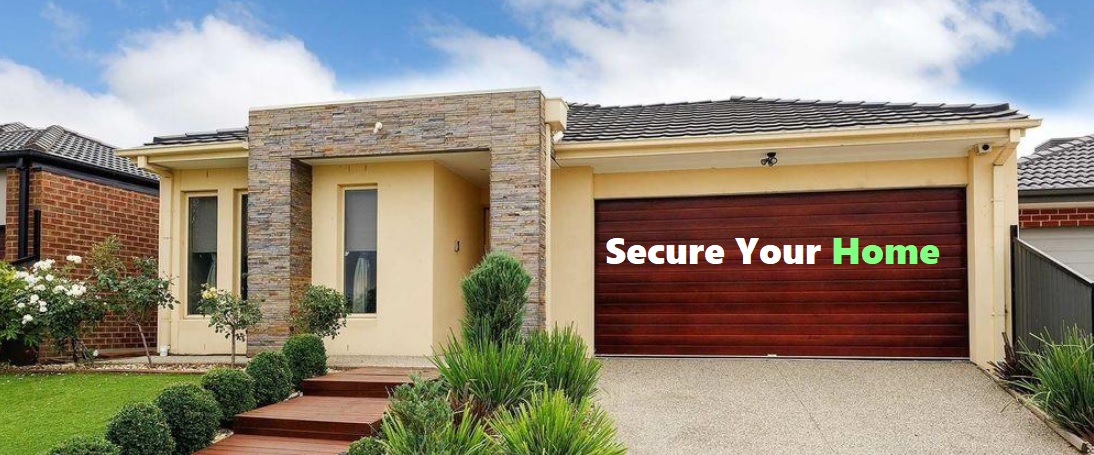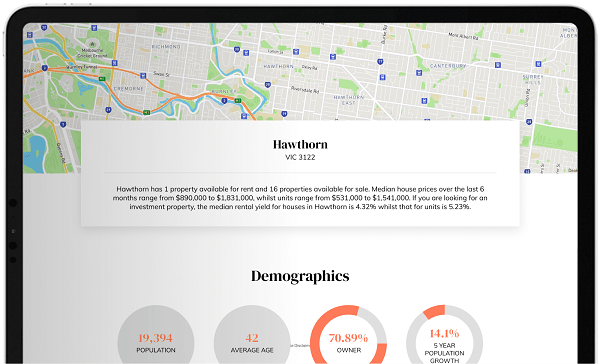
How To Secure Your Home
Tips On Securing Your House From Theft
The prospect of house burglary, as well as the emotional and financial consequences of a break-in, is causing rising concern among Australians. According to the ABS Bureau of Statistics, 254,500 households were victims of at least one break-in to their home, garage, or shed in the twelve months previous to its Crime Victimisation Survey 2009-10, and 203,700 homes were victims of an attempted break-in.
Break-ins were down somewhat from the previous year (in NSW and WA) or remained steady, according to the ABS (in the other States). The thief was challenged by the homeowner in 10% of the break-ins, and the property was destroyed in over half (48%) of the cases, according to the report. When you consider that according to US studies, it takes an average of four months to recover from the trauma of a break-in, it’s apparent that there’s a lot more to cope with than simply replacing the stolen things.
You may help safeguard your house and possessions against burglars by following a few simple procedures learned from police experience around the country.
- Everything is locked up – Many opportunistic burglars, according to police, take advantage of unsecured houses. Even if you’re only going out for a few minutes, secure your doors and windows. Locksmiths can advise on the best door and window locks to use, as well as key all of the windows to a single key. Also, to avoid tampering, ask your electrical provider about locks for your power supply, and keep your automobile locked. For example, police in Cranbourne, Melbourne, have recorded a case of a garage door opener being taken from a car and then used to break into the owner’s home.
- Don’t give any protection – Ensure a clear line of sight from the street to deter crooks from targeting your home. Cut back any shrubs or plants that are blocking your front entrance, consider adding motion sensor lights, and report any malfunctioning street lights as soon as possible. Make sure your home number is visible for the fastest response if you need to contact for assistance, according to the police.
- Strengthen your defences – In attempted break-ins, a significant percentage of victims (60%) said a door or window had been broken or tampered with, therefore it pays to invest in reinforcing these defences. For example, a solid core door with a deadlock is more difficult to force open; grilles and shutters keep intruders out of windows; and a peep hole or lockable security screen can assist keep burglars away.
- Keep an eye on any potential targets – Burglars frequently target garages and garden sheds, using your tools or ladders to gain entry to the main residence (police even report wheelie bins used to smash windows). An automated light, for example, installed in the shed or garage, as well as keyless locks, can be effective deterrents.
- Security doesn’t take a vacation – While you’re away from home, ask friends to collect your mail and keep junk mail from piling up in your mailbox. A neighbour parked in your driveway might also serve as a visual cue that the house is not empty. Other options include installing timers on inside lights or a radio, as well as hiring someone to mow your grass.
- Protect your keys – Most people are aware that they should not hide keys around the home, but are you also aware that lending your keys to tradesmen and friends may be dangerous? Keys may be easily duplicated, giving criminals quick and easy access to your stuff.
- Get a safe installed – Money and jewellery are the most often taken items in break-ins, according to the ABS Crime Victimisation Survey 2009-10. Installing a tiny safe in your house is a low-cost solution to safeguard your valuables.
- Don’t brag about your assets – Before throwing away or recycling pricey new equipment packaging, break it up. Take a look at your home from the outside as well. Even a wallet or iPod left on your hall table might make your house a target for burglars seeking for cash. When it comes to valuables, authorities recommend compiling a list of everything you own to have on hand in case of a break-in. Take photographs of valuable, one-of-a-kind items and engrave them on your property with an engraver or ultra-violet markers.
- Install an alarm system or use a dog to discourage burglars – An alarm system adds another layer of protection to your house. A barking dog may also serve as an effective form of house security. Even putting up a “Beware of the Dog” sign might make burglars think twice about attacking your property.
- Get to know your neighbours – People in close-knit communities watch out for one another. Neighbors can report suspicious behaviour at your house and provide assistance while you’re gone, and you can reciprocate.





